The contribution of the computer to improving L2 oral production
Résumé
Visual representations of language for students in Europe rely heavily on the imperialistic traditions of the Latin alphabet and the archaic complexity of the international phonetic alphabet. The computer can be used for graphic representations showing pitch height (fundamental frequency) and curves showing volume and length (oscillograms) but the accurate interpretation or decoding of such data generally limits its use to experts in phonetics and other acoustic scientists. The verdict after even a cursory examination of such representational systems is inescapable; foreign language learning is bedevilled by man’s incapacity to visualise accurately the invisible: the vibrations of sound waves as they travel through the air.
Domaines
Linguistique| Origine | Fichiers éditeurs autorisés sur une archive ouverte |
|---|

